Las Palmas
History
The city was founded by Juan Rejón on 24 June 1478, with the name "Real de Las Palmas". Rejón was head of the invading Castilian army, before engaging in war with the local Guanches (aboriginal people of the Canary Islands). In 1492, Christopher Columbus (Spanish:Cristóbal Colón) anchored in the Port of Las Palmas, and spent some time on the island on his first trip to the Americas. He also stopped on the way back to Spain. The Casa de Colón (es) museum in the Vegueta (es) area of the city is named after him. In 1595 Francis Drake failed to plunder the island. The raid and partial destruction of Las Palmas by the Dutch under Vice Admiral Pieter van der Does in 1599 is considered a major event in the city's history. In 1927, Las Palmas was designated the premier capital of the Canary Island by decree of 30 November 1833.
In July 1936 General Francisco Franco launched a coup from Las Palmas that eventually turned into the Spanish Civil War.
The Las Palmas seaport, Puerto de la Luz, benefited greatly from the closure of the Suez Canal during the Arab-Israeli conflict. Due to its situation as nexus of two continents and its importance as a tourist destination, many foreign workers have migrated to the city.
Las Palmas de Gran Canaria is a sister city of San Antonio, Texas in the United States, which was founded in 1718 by about 25 Canary Islanders.
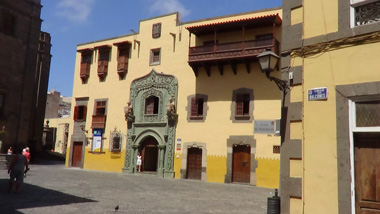 |
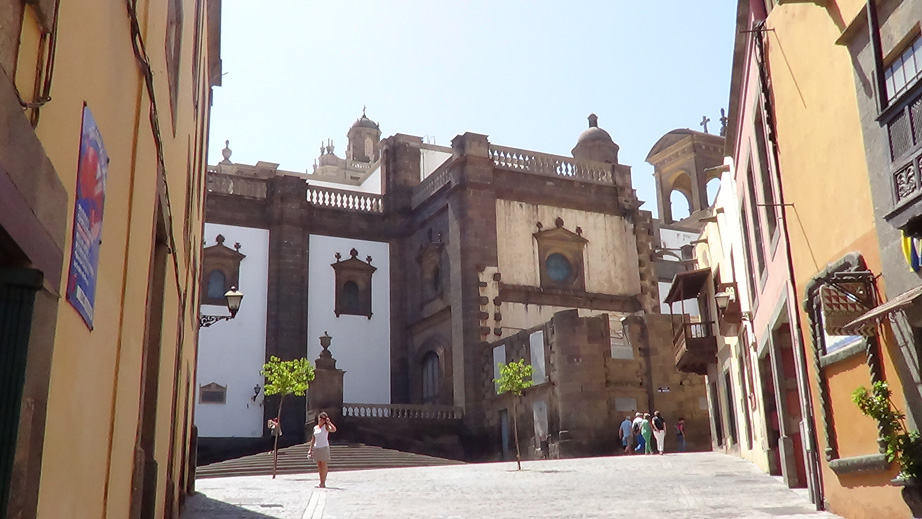 |
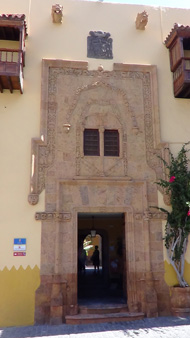 |
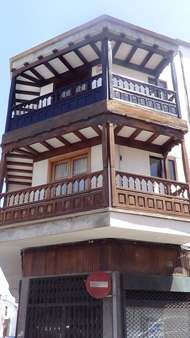 |
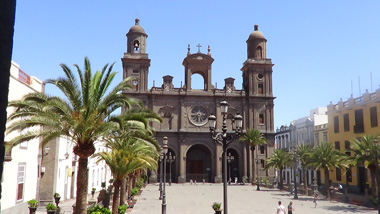 |
 |
